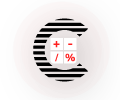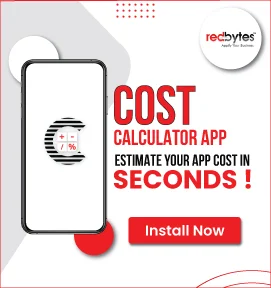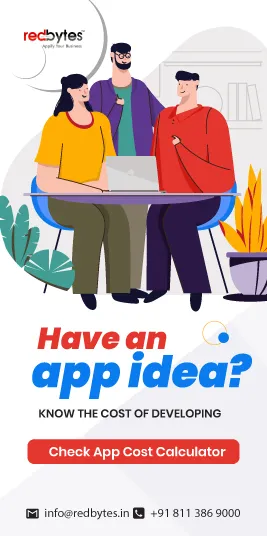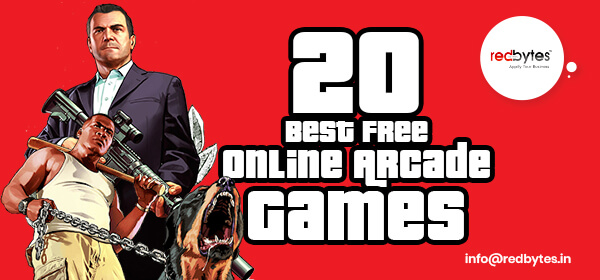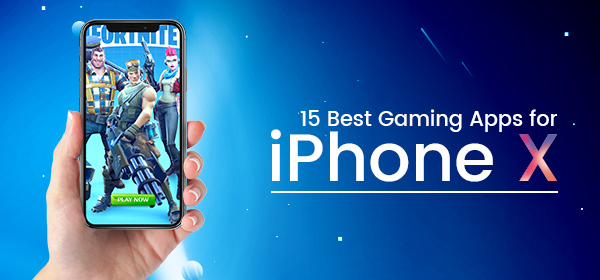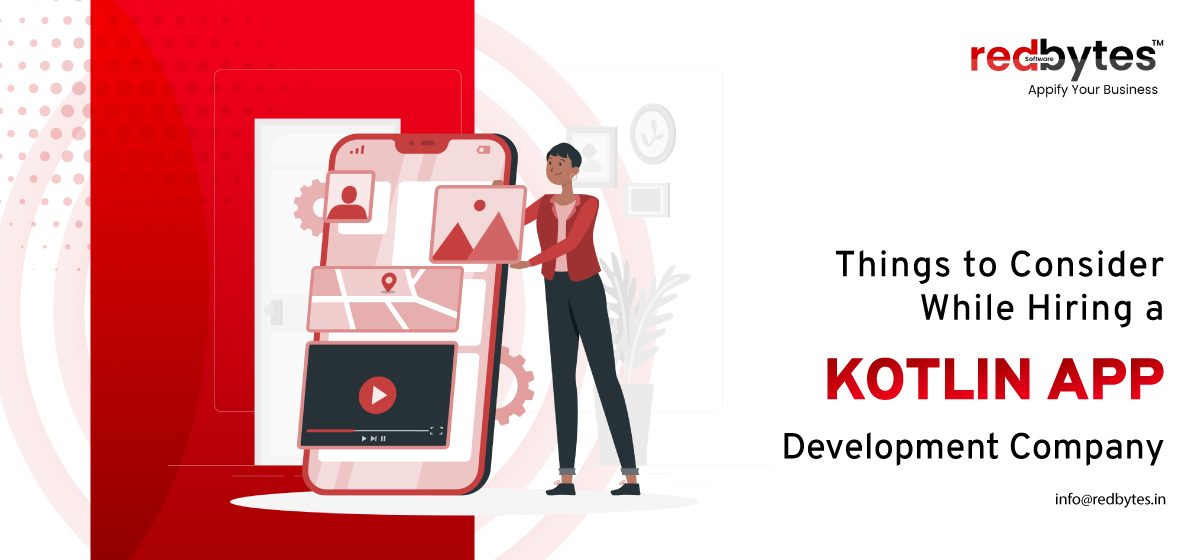The basic strategy of mobile app marketing revolves around the truth that Apple App Store ad Google Play is laden with nearly 3 million apps, and that the number is still climbing up.
Therefore, for your mobile app to be a successful digital authority in the stifling competition of the digital market, you must need proven caliber. And by caliber, we mean extraordinary features and a solid marketing strategy.

But how would prospect users know your app has something that only you can offer in terms of value, engagement and novelty? This is where implementing a competitive and effective marketing techniques become inevitable.
Based on our market research and mobile app expertise, we have narrated a few strategies to successfully market an app.
1) Dedicate More Resources
There are a lot of diverse opinions coming from marketers when deciding whether or not spending more on mobile app marketing yields great effects.
The study by Mobile Marketing Association suggests that dedicating 7-9% of total marketing budget on mobile is wise.
While reserving good part of budget for app marketing is important, it is also equally important to efficiently use that budget on planning mobile resources.
Nearly 80% of customers seek location-specific service alerts on their mobile devices, which require you to invest in technology for push notification, geo-fencing and multilingual support.
With so much on stack, without planning your budget for creative advertisements and engaging content, you could flip out in the nick of time.
Your budget must cover different aspects of marketing to enhance your app’s visibility in key online marketplaces.
2) Burst Campaign For Organic Users
The ultimate goal of any app marketing campaign is to boost app’s rank through ad spend, app store optimization and organic downloads.
Media ads help drive more downloads which further heightens app ranks and visibility in app stores. The paid installs is a viable short-term formula that falls under “Burst Campaigns” and triggers the peak volume of organic downloads.
The technique of Burst campaign used by mobile app marketers today revolves around generating a burst of paid media exposure over a brief period depending on budget limit.

The approach not only helps you climb app store ranks and improves app discover ability, but you also see a rush of organic users downloading your app. After attaining desired success, your ad budget can be scaled down back to minimum later.
If you still wish to maintain this high ranking and steady downloads from organic users, you can keep the momentum of paid advertising alive even after the burst campaign concludes.
The best example of capitalizing on a successful short-term ad spend would probably be Nike that enviously drives burst campaign tactic.
3) App Store Optimization

App Store Optimization (ASO) process helps your app appear at higher rank in online app stores and boosts its visibility to potential users.
As Nielsen report reveals, 63% of Android and iOS users depend on the search within app stores to discover the desired app – which is the primary reason why ASO strategies stand as a sturdy pillar to the app marketing endeavors. The three target points of ASO are:
a) Optimizing the Title:
To optimize the title perfectly, you need a thoughtful mindset and a distinctive name that reflects brand value, business goal and easily discoverable search terms. Adding the specific functionality also adds a marketing edge to the title.
b) Optimizing Keywords:
Keywords are the key to app finding process and keyword optimization should be done within 100 characters with main focus on search volume, competitor’s practices and relevance. Try to test the effectiveness of keywords before decide to keep or even change them.
c) Optimizing the Description:
Intrigue users by creating an ad appeal in the initial lines of app description since these are the first 2-3 lines of text users are likely to see before they choose ‘more’ button. You can also highlight the update section to reengage with the new updates, fixes, offers and more.
4) Market the Great Experience
Because customer experience greatly affects the overall app success, business could count delivering awesome experience as main ingredient to effective marketing strategy.
This is especially critical in order to combat the raging competition and meet the highest stature of modern app standards.
The story of businesses building the apps to for customers to use is long buried in the past. As audiences have different expectations now, your app must survive on the unique experience it creates.

Hence, when you market the app, you bear in mind that only your app has power to please customers with the experience not found anywhere else in the market.
Also as 86% of consumers appreciate keep-it-simple approach, brands that believe in simplified experience instead of stupefying information can have more purchasers. From description to inside content, keep everything relevant and specific to customers’ life.
5) Build a Microsite
When you build a microsite, you add one more opportunity to market your app outside the app store and drive the traffic there via organic SEO techniques.
The site of such unique sort can be leveraged to exhibit your app to the widest audience and create a huge buzz on and before the launch.

Microsite is your minimalist site, a landing page with call-to-actions and a brief contact form to collect prospect emails with which to engage with the interested audience.
The microsite not only makes you more visible, but also improves its credibility. Additionally, as you connect your own blog with the landing page of the microsite, you can discuss the app features and ongoing progress to better promote the app.
6) Capitalize on Social Media
Marketing your product on social media platforms drives big public interest and hype needed to steer traffic to pre-launch microsite and the app store where it belongs.
Invest your efforts and resources on social channels and blogs to keep the buzz alive and intense and build a sincere community of prospect users.

Create a Facebook page or spread a word about it on Twitter using various hash tags as it will promote your app among target users. You can even run a contest and encourage Tweeters audience to make a tweet, re-tweet and share it on other online networks.
To smoothly maintain the ongoing campaigns and engagement with creative content, you should remain active on social channels or alternatively hire an expert Social Media Manager.
7) Create Engaging Promotional Videos
Promotional videos can play both a quintessential part of the app launch strategy and an effective marketing tool to flaunt app’s actual interface, UX features and core capabilities.
To successfully market an app, apply constructive creative to the video that can be a powerful voice and bring value to your brand.

Make a demo video that allows prospects to sneak a peek into app’s attractive features while also telling an engaging story on how it impacts their life.
It is also great to share and promote the video on socials. If done well, the video visuals will encourage users to visit the app store and download your app.
8) Feedback, Performance Testing and Analytics
With numerous marketing channels toughening the competition, applying conventional marketing metrics to measure the content performance (classic ads, posts and email campaigns) would not suffice.
This is why it is important to update your current research and creative practices, and to choose the ones that are invariably productive.

Enables users to contact you and provide their honest feedback and reviews based on their experience. Satisfied and happy customers will readily evangelize your app; hence, keeping them happy is your religious priority.
Read also : How to Market an App on Social Media?
Keep a sharp watch on most loved features, disliked/least visited sections and frequency of use. Measuring these key metrics via analytics tools (including that of social media channels) helps you understand user’s interactive pattern based on which you can decide what needs to be improved.
9) Online Networking and influencers
Building a power network through promoting brand awareness is surefire key to app marketing success. Reach out to eminent bloggers, journalists and reporters whose influential words elicit ample impact on the target audience.

Visit forums where you can engage with a community. Have an article published on a famous tech blog to generate more traffic.
Also, reach out to the popular app review publications that cover apps like yours. Send them a professional pitch and a detailed demo in an email with:
- Your app logo and price
- Features explainer video
- App store link
These sites can foster a gigantic buzz around your app by writing informative content.
Conclusion
From the discussion so far, one can easily guess how mobile a critical component for app marketing is. Also, it is clear that having an app drives incredible impact for brand awareness and ROI.

Successful app marketing tactics will have marketers exploring the depth of customer engagement methods and developing the functional environment for app’s popularity on all virtually available marketing channels.


